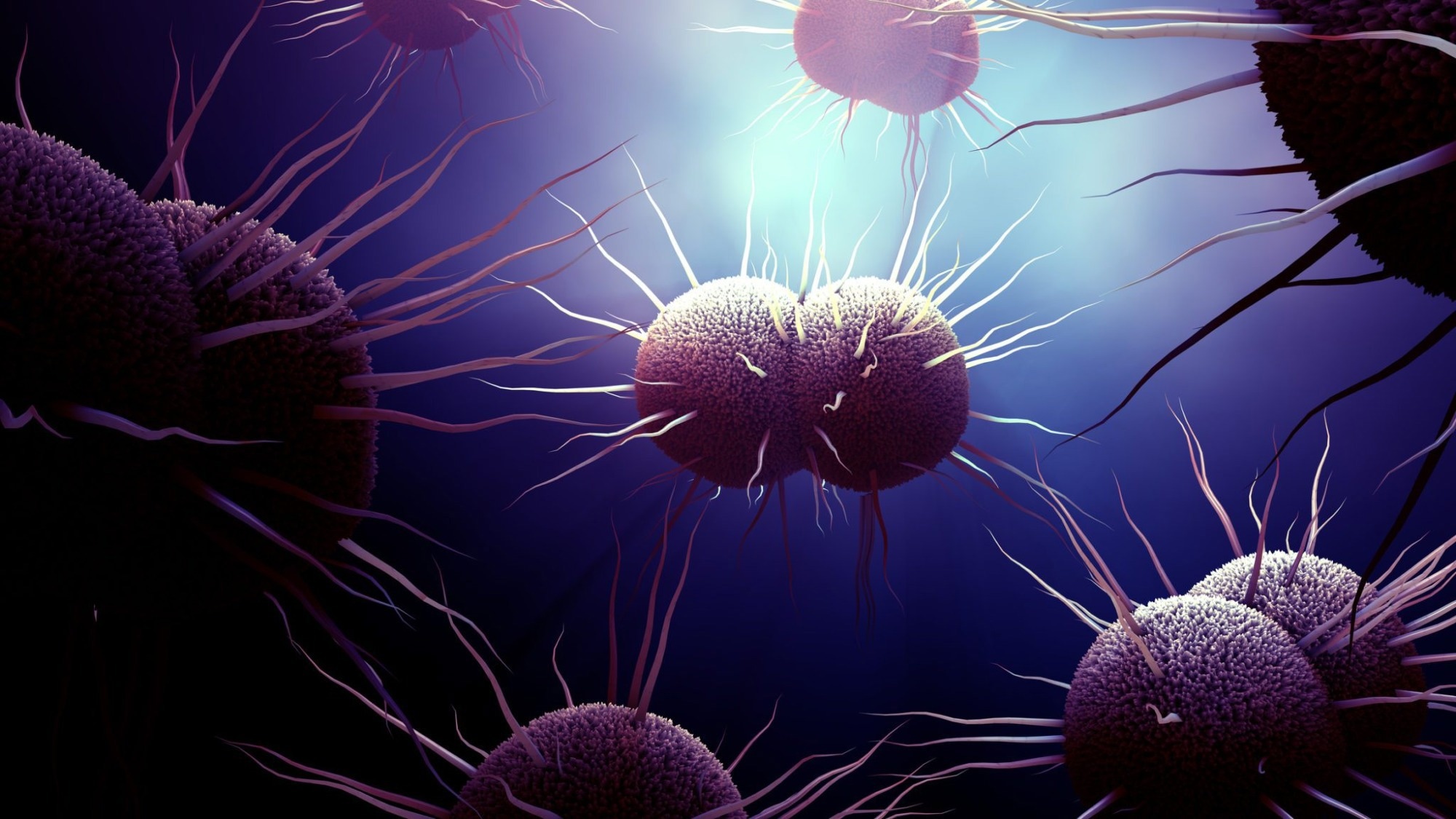Reviewed by Danielle Ellis, B.Sc.Sep 26 2022
According to scientists from the Georgia State University’s Institute for Biomedical Sciences, producing a mutation that impedes the way the bacterial pathogen Neisseria gonorrhoeae transmits gonorrhea, a common sexually transmitted infection, might provide a novel means to prevent and treat the disease.

Image Credit: Georgia State University.
The investigators identified that creating a mutation in the vital part of the outer membrane transporter that N. gonorrhoeae employs to sabotage human immune proteins and remove their metals could help to prevent gonorrhea infection. The study findings were published in the mBio journal.
Due to the expanding incidence of antimicrobial drug resistance, rising treatment costs, and the lack of a preventive vaccine, gonorrhea, which affects more than 80 million people worldwide each year, is a public health concern worldwide.
If left untreated, gonorrhea can cause serious health problems such as pelvic inflammatory disease, ectopic pregnancy, infertility, and potentially life-threatening endocarditis and meningitis in up to 80% of cases in women.
Due to antimicrobial resistance to existing drugs, effective gonorrhea treatment options are diminishing. Moreover, since N. gonorrhoeae alters the expression of essential surface molecules and dampens the immune response, finding prospective vaccine targets is challenging.
Humans depend on a process called nutritional immunity to restrict the availability of essential minerals like iron and zinc while starving invading bacteria. Metal-binding proteins bind metals, reducing the amount of free essential metal ions needed by pathogens to grow and cause disease.
To counteract host nutritional immunity, N. gonorrhoeae deploys TonB-dependent transporters (TdTs) to its outer membrane, where they bind to host nutritional immunity proteins and remove their metals. TdTs frequently serve critical roles in the establishment of infections, making them interesting vaccine targets.
TdfJ is a TdT that targets human S100A7, a zinc-binding protein that slows pathogen replication by masking zinc. TdfJ is used by N. gonorrhoeae to remove zinc from S100A7 and internalize it. Extracellular loop 3 of TdfJ contains an alpha-helix finger.
A comparable alpha-helix in loop 3 of another gonococcal TdT, called TbpA, is important in the interaction between TbpA and human transferrin, which is essential for iron uptake. Based on this knowledge, the researchers speculated that the TdfJ loop 3 helix (L3H) interacts with S100A7, and they created a series of mutations in the TdfJ L3H to see if they prevented N. gonorrhoeae from acquiring zinc and thereby causing sickness.
The prospect of untreatable gonococcal infections has spurred efforts to identify targets for novel therapeutic and prevention strategies, and members of the family of outer membrane TonB-dependent metal transporters have emerged as promising candidates because they play a critical role in establishing infection.”
Cynthia Nau Cornelissen, Study Senior Author, Distinguished University Professor and Director, Center for Translational Immunology, Institute for Biomedical Sciences, Georgia State University
Cynthia Nau Cornelissen adds, “Our study revealed that mutagenesis of key residues within the TdfJ L3H reduced S100A7 binding and zinc piracy by the gonococcus, with the most profound effects seen with substitutions at residues K261 and R262. Taken together, these data suggest a key role for the TdfJ L3H in subverting host nutritional immunity.”
The work revealed a critical area of TdfJ that controls the binding relationship between the zinc importer TdfJ and its human zinc source, S100A7.
We detailed for the first time, the binding interaction for gonococcal TdfJ and its human ligand S100A7. We also identified several mutations in TdfJ loop 3 that alter S100A7 binding and subsequent zinc extraction.”
Stavros A. Maurakis, Study First Author, Institute for Biomedical Sciences, Georgia State University
Stavros A. Maurakis concludes, “With a more thorough understanding of the intricate relationships between these bacterial nutrient receptors and their host nutrient sources, we may help pave the way toward identifying effective prophylaxis and/or treatment for an important human disease.”
Source:
Journal reference:
Maurakis, S. A., et al. (2022) Mutagenesis of the Loop 3 α-Helix of Neisseria gonorrhoeae TdfJ Inhibits S100A7 Binding and Utilization. mBio. doi.org/10.1128/mbio.01670-22.